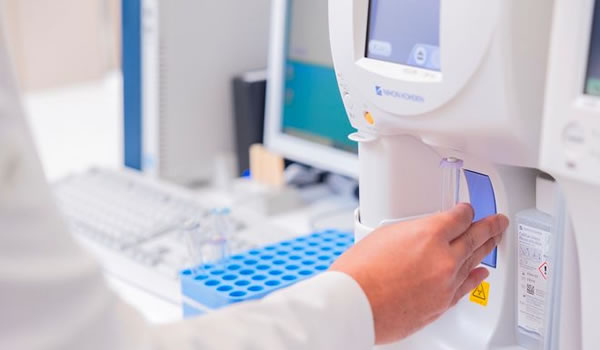Summary: Telemedicine is a promising technological innovation in healthcare, providing access to medical services remotely. It holds the potential to revolutionize healthcare delivery across Asia and the globe.
Introduction
As technology continues to evolve, so does its application in the sphere of healthcare. Telemedicine is one such innovation that leverages advancements in information and communication technology to offer medical services, irrespective of geographical distances. This breakthrough is particularly critical in Asia, where access to health services can be challenging due to significant population density and rural-urban disparity. Globally, as pandemics like COVID-19 force us to reconsider traditional healthcare delivery methods, telemedicine emerges as a practical solution.

Understanding Telemedicine
Telemedicine refers to delivering health-related services and information via telecommunication technologies. It can involve various services, such as patient consultation, monitoring, medical education, and health administration, carried out remotely. This modality offers an opportunity for patients to consult with their healthcare providers without traveling to the physical location.
The Mechanics of Telemedicine
The telemedicine process typically involves a secure digital platform that allows patient-provider interaction via video, audio, or text communication. Providers can view medical records, conduct virtual examinations, send prescriptions to local pharmacies, and monitor patient's health status remotely. This approach is not only convenient for patients but also helps healthcare providers optimize their time and resources.
The Broad Impact of Telemedicine
Adoption of telemedicine has the potential to democratize healthcare by making it accessible and affordable. It is particularly beneficial in areas with limited medical facilities or specialist services. Statistics show that telemedicine can reduce hospital re-admissions and emergency room visits, leading to cost savings for both patients and healthcare systems. However, public understanding and acceptance of this technology are still growing, highlighting the need for increased awareness and education.
Studies on Telemedicine: Safety and Efficacy
Several clinical studies vouch for the safety and effectiveness of telemedicine. They suggest that it can manage conditions like diabetes, hypertension, and mental health disorders effectively. However, like any technological intervention in healthcare, telemedicine has potential risks, including data privacy concerns and the risk of misdiagnosis due to lack of physical examination. It is crucial to develop robust policies and guidelines to address these concerns.
The Future of Telemedicine
As technology continues to evolve, so will the scope and capabilities of telemedicine. With advancements such as AI, machine learning, and IoT, telemedicine is set to become an integral part of healthcare delivery. However, success will also hinge on widespread acceptance, appropriate regulatory frameworks, and continued technological innovation.
FAQs
1. What is telemedicine? - Telemedicine refers to the delivery of health services and information using telecommunication technologies.
2. Who can benefit from telemedicine? - Everyone can benefit, especially those living in remote areas or with limited access to healthcare facilities.
3. Is telemedicine safe? - Yes, various studies vouch for its safety and effectiveness, though it's crucial to have robust data privacy measures in place.
Editor's Note
As technology continues revolutionizing healthcare, it's crucial to embrace innovations like telemedicine that promise enhanced accessibility and convenience. However, always ensure you're using a reliable platform with strict data security measures. Remember, while telemedicine can complement traditional healthcare, it does not replace the need for in-person consultations in certain circumstances.
User Comments
Johnson, Ella: gave me clarity on something my doctor mentioned.
C. Clark: I appreciate how the risks and treatments are clearly laid out.
M. Baker: Finally found something reliable on this topic. Thank you!